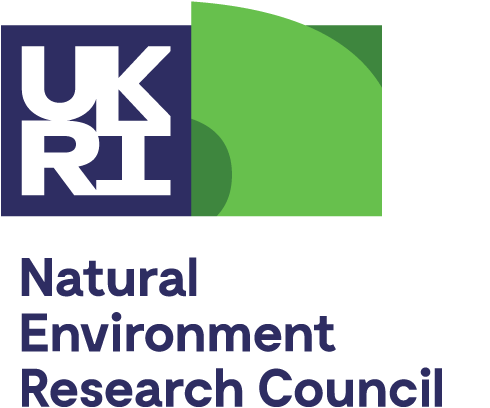SoS RARE research on responsible sourcing of rare earths published in Elements
SoS RARE researchers, Frances Wall and Rob Pell, from Camborne School of Mines (CSM) have teamed up with French rare earth chemist Alain Rollat to publish an article titled 'Responsible sourcing of critical metals'. The paper is part of a thematic set on Mineral Resources and Sustainability in the journal Elements.
We make the point that since rare earths are used in technologies such as wind turbines, electric vehicles and low energy lighting that improve our care of the Earth’s environment, we should ensure that their production is also done in an environmentally and socially responsible way. A variety of responsible mining and sourcing schemes are discussed, and we highlight that the Equator Principles used by investment banks who lend capital to mid-size mining operations are important in helping ensure that there is a social licence to operate and good environmental practice. The long supply chains involved in most products that use rare earths mean that consumers have little connection to the original mining operations, and there is no single generally applicable responsible sourcing scheme at the moment. However, there is a growing appetite from consumers for responsibly sourced materials, as shown in the development of companies such as Fairphone.
The article highlights the opportunities for geoscientists to make contributions to responsible sourcing of critical metals. Understanding the geology of a deposit can indicate how much energy is required to mine and process an ore, the likely size of land use, methods of mining, and efficiency of extraction, as well as providing information on important single issues such as radioactivity. These data can be used in a life cycle assessment at a project scale, allowing for the improvement of processes routes, minimising the environmental costs of production and providing figures to interface with manufacturing industry.
For rare earths, the most challenging chemistry comes after mining, at the purification stage when the rare earth elements need to be separated from each other. Alain Rollat, a consultant in rare earth processing and technology, explains the various solvent-extraction options for separating the natural rare earth mixtures into pure elements. A technology breakthrough in this area would be a major advance in rare earth production.
Frances Wall and Rob Pell, November 2017






